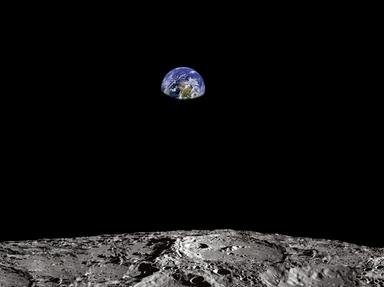Quiz Answer Key and Fun Facts
1. In 2018, NASA announced a new program to put a woman on the moon. What Greek deity was it named after?
2. What was the massive, powerful, record-breaking rocket used during the U.S. space program of the 1960s-70s to reach the moon?
3. A Soviet cosmonaut with the given name Valentina was the first woman in space. What was her last name?
4. What was the name of the USA's series of strictly unmanned space missions from 1961 to 1965?
5. The US space program took its responsibilities to the universe seriously. Which of these is a real division within NASA?
6. Between 1973 and 2020, which country landed a human being on the Moon?
7. Bits of Skylab landed in what country of the Southern Hemisphere, prompting the citizens to fine NASA for littering in 1979?
8. In January 1986, the probe Voyager 2 became the first spacecraft to reach what cold, distant planet in our Solar System?
9. In 1976, NASA rolled out its first space shuttle, though it would never orbit the Earth. What group of science fiction fans were responsible for naming this vehicle?
10. Now take the first letters of each of the above nine answers, and spell out a person trained and destined for space travel.
Source: Author
gracious1
This quiz was reviewed by FunTrivia editor
bloomsby before going online.
Any errors found in FunTrivia content are routinely corrected through our feedback system.
